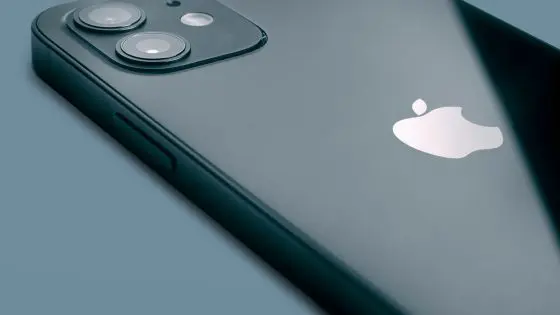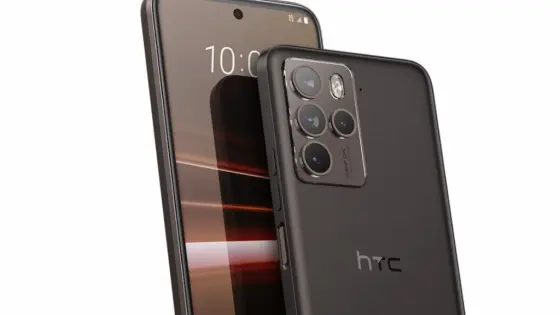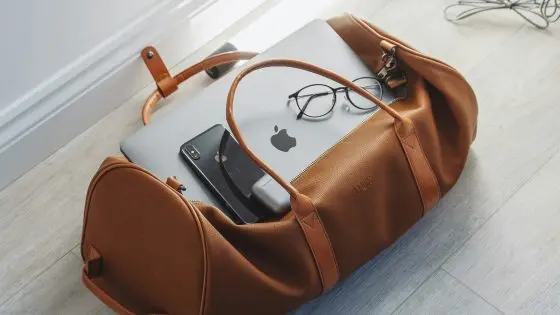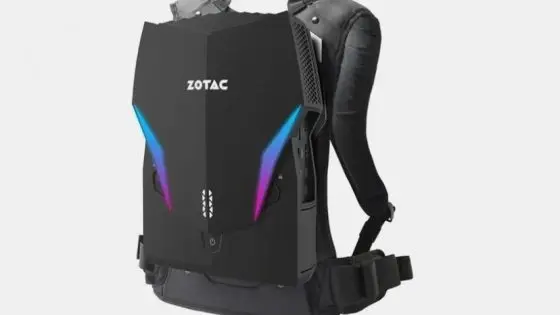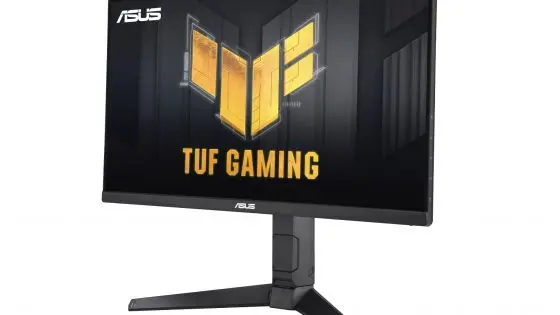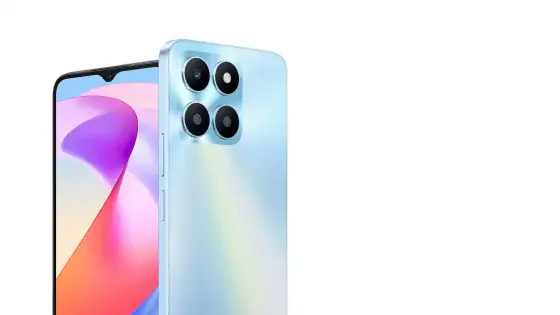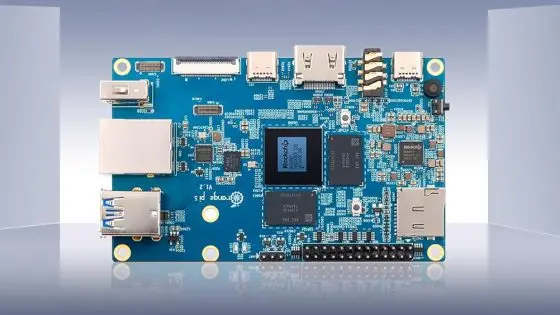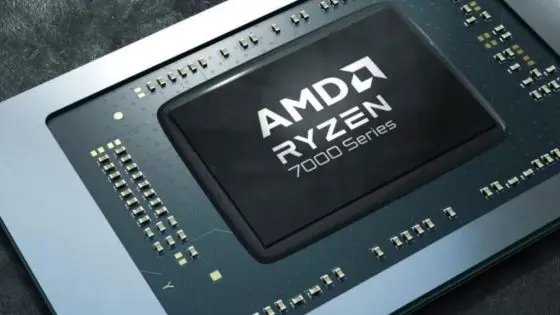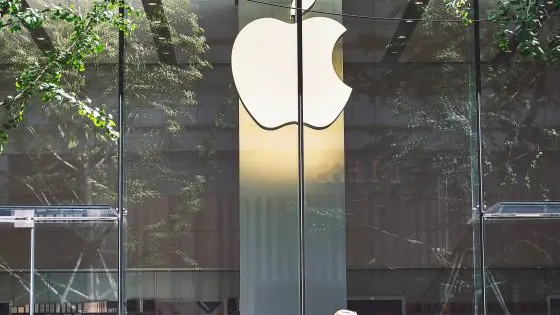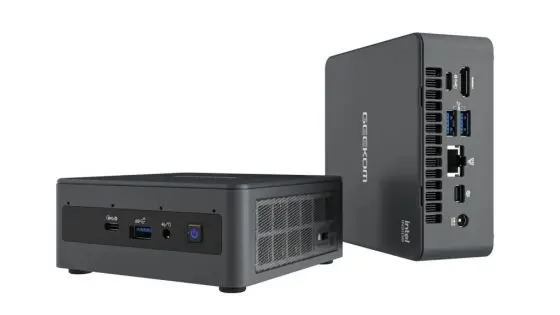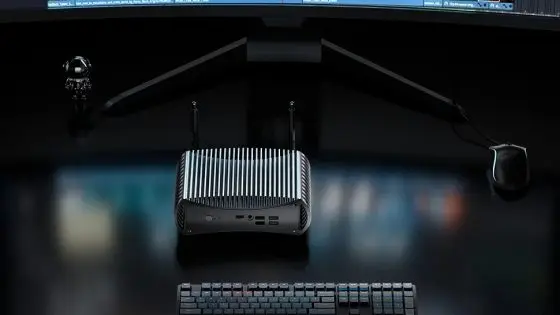Samsung Galaxy S23 Ultra review: A great phone that does almost everything right
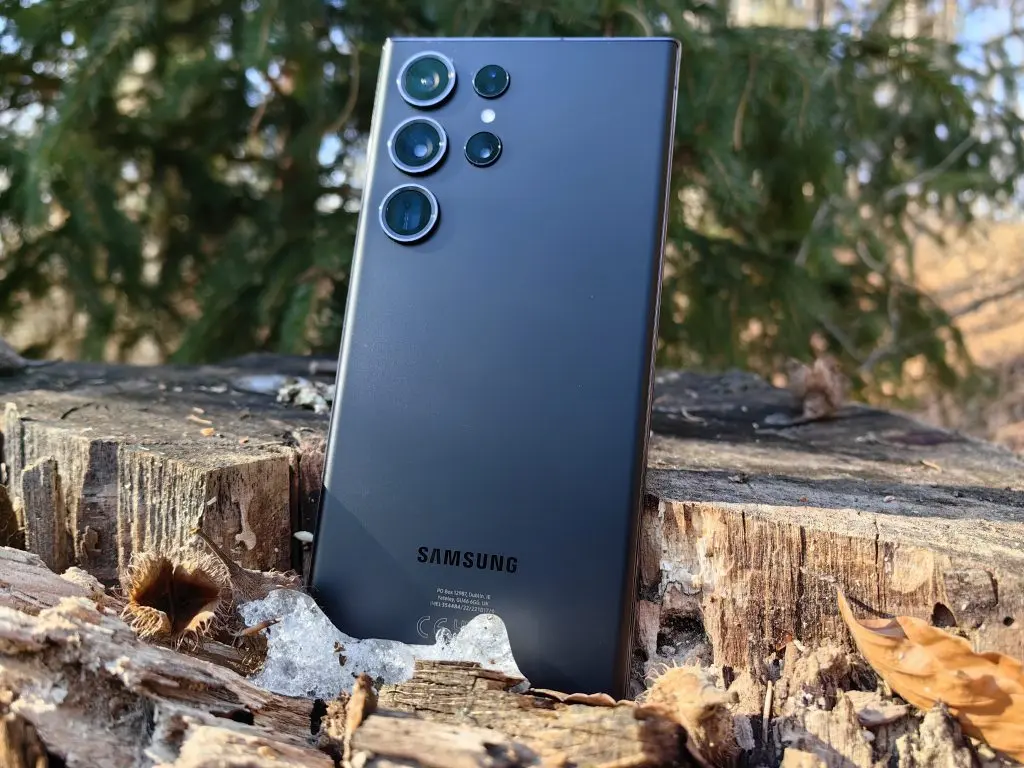
The Samsung Galaxy S23 Ultra is a phone that does everything right: a new processor exclusively adapted for the new Galaxy S23 phones, a new main sensor (200 MP), faster system memory and drive (UFS 4.0), sustainable materials … An Ultra upgrade for a phone that isn't shy about its Ultra tag and price. But still, we can't shake the feeling that upgrading premium phones every year is pointless.

| Advantages | Weaknesses |
| 📱 The most powerful processor and graphics core | 📵 Program Policy, Duplicate Applications |
| 📱 The fastest UFS 4.0 drive | 📵 High price that does not include charger and protective case |
| 📱 200 MP for stunning details | 📵 DaleÄ behind for charging competition |
| 📱 Improved 8K recording and video stabilization | |
| 📱 Unrivaled in photographic magnification | |
| 📱 Corning Gorilla Glass Victus 2 |
Samsung Galaxy S23 Ultra price?
- Samsung Galaxy S23 Ultra: from €1,399
- Colors: Black, green, cream and lavender
- Variations: 8GB/256GB, 12GB/512GB
According to our information, the 12GB/1TB version of the #141 will not be sold in Slovenia.
Available from all operators, over the counter and on the Samsung website.
Are we holding a Samsung Galaxy S23 Ultra or a Galaxy S22 Ultra?
- Minor design differences with last year's model
- Sustainable consequences and benefits
- IP68 waterproof
The difference between the two Ultras is so small, so imperceptible, that you will have a hard time distinguishing them. Only when you put the two phones next to each other will you notice two minor design differences. This year, the Galaxy S23 Ultra decided that roundness is not attractive and rounded off the edges and sides. The S Pen also received the same makeover. The more angular shape contributed to a more reliable "grip", as we were rarely surprised that the 1,500 € would slip out of our hands.
Since there is no protective cover included in the box, the more angular shape is all the more welcome. The back page it fights fingerprints well, which, given the lack of a cover, is also very welcome. Still traditional the charger is also missing for fast 45 W charging. These are two victims of Samsung's sustainable policy, where the consequences of additional costs are felt by consumers. More user-friendly sustainable decisions are the choice of recycled materials (aluminum, glass, plastic) from which the new S23 Ultra is made. We can accompany the decision with a short round of applause.
Apart from these microscopic differences, last year's and this year's Ultra are identical, so there is nothing wrong with it. wrong. Instead of inventing anew and blindly, Samsung stuck to a proven solution that has pleased users so far. What is even more important is that he unified the design throughout the entire line of new Samsung Galaxy S23 phones, which got rid of the unnecessary ring around the cameras.
Another microscopic but more useful change is additional microphone on the bottom of the phone, which helps cancel out ambient noise for even clearer calls.
The slot for the selfie camera at the top of the screen remains. It's not the most premium design addition, but it's still much better than a teardrop notch or a dynamic island that takes up most of the screen. Nevertheless, we continue to expect that they will selfie camera under the screen became the norm.
The fingerprint reader under the display remains the same as last year (Qualcomm 3D Sonic Gen 2), which means that they did not opt for the latest Qulacom's 3D Sonic Max sensor, which impressed us with the vivo X80 Pro phone. The difference between them is primarily in speed (only one touch is required for finger registration) and security. Why Samsung remains on the older version, #141, is unknown. Given that it's an Ultra phone and a corresponding price tag, you'd want all the best components the mobile market has to offer. Despite this fact, for the majority of users, this will not make a difference in the user experience. The existing reader does its job well, but the recognition of wet and greasy fingers is sometimes unreliable.
The #141 returns the AMOLED screen with improved resistance
- 6.8-inch LTPO AMOLED 2X
- 120 Hz dynamic refresh
- Corning Gorilla Glass Victus 2
- The S Pen didn't get any upgrades
The viewing experience will not change significantly if you own last year's Ultra. You will still browse the 6.8-inch AMOLED 2X screen with a resolution of 1440 x 3088 pixels and by dynamic refreshing, which automatically switches between 1 Hz and 120 Hz. With the refresh rate meter turned on, we recorded a wide range of frequencies – 1, 24, 48, 60 and 120 Hz – which according to our data is more as with other premium phones.
The biggest difference compared to last year's Galaxy S22 Ultra is the new protection Gorilla Glass Victus 2, which should additionally protect the phone from bumps and scratches. We obviously didn't get to test this, but you can check out a video from JerryRigEverything, who always has the pleasure of taking the latest phones to pieces (bit.ly/3IWrkvR).
Although there is no noticeable upgrade in terms of display, it still provides an impressive experience. The colors are excellent even in strong outside light. Viewing angles do not negatively affect color consistency either. Maximum brightness stops at 1,700 threads, which is a little less than the new iPhone 14 Pro Max (2,000 nits), but still enough for undisturbed use in the sun.
The S Pen, which is safely stored in the chamber made of recycled plastic, apart from a minor design change, it has not received an upgrade in relation to latency, accuracy or ergonomics. In our case, the use of the pen was limited to taking notes and notes, where we were completely satisfied with the speed and accuracy. We still relied on touch to control the phone.
Unrivaled performance
- Custom Snapdragon 8 Gen 2 processor for Galaxy phones
- 8 or 12 GB of fast RAM
- The fastest UFS 4.0 drive (capacity up to 512 GB in Slovenia)
- Improved 45 W charging (charger not included)
- Custom features deep in the settings
The Samsung Galaxy S23 Ultra cannot boast of being the first to receive the newest processor Snapdragon 8 Gen 2. But it can boast of the privilege that Qualcomm has prepared a special version exclusively for S23 phones. The difference is noticeable only on paper. ÄŒip has slightly wound processor and graphics cores compared to other Gen 2 processors that we will see in phones this year.
Also, put the new S23 Ultra next to last year's Snapdragon 8 Gen 1 chip, you won't notice a significant difference in speed. It is a phone at the top of the range and everything works simply too fast to notice a possible delay in animations or opening applications. However, the much better optimization of the new processor is noticeable. Overheating, which has plagued Snapdragon processors since the 888 version, is present in the new Significantly improved. Usually, when playing Genshin Impact at the highest resolution, after about 30 minutes we encountered a performance slowdown due to excessive overheating. This time we were able to comfortably play the game more than an hour and the phone was not excessively hot to the touch. Playing with emulators is also more enjoyable with longer episodes.
You can choose between 8 or 12 GB of RAM, in both cases more as enough for all demanding tasks. A case of the latest version of LPDDR5X memory, which should be up to 33 % faster from the base LPDDR5.
The latest technology can also be boasted in the internal drive for storing files. He made his debut UFS 4.0, which can be compared to desktop SSD disks in terms of speed. UFS 4.0 is present throughout the Galaxy S23 line, only the base version of the 128GB Galaxy S23 is still based on the older and slower UFS 3.1. We recommend that you sacrifice a few euros more. and you choose the #141 version with 256 GB of space for a noticeably faster drive, which will also extend the longevity of the phone.
Charging is finally at the level we expect as a standard in the premium class, but it is still far from it. behind the competition. The new Galaxy S23 Ultra will be charged via a cable with 45 W, but a compatible charger you don't get one attached. This one will be available over the counter cost an additional 50 €. The #141 wirelessly (Qi or PMA standard) charges with a power of 15 W, but also supports reverse charging of 4.5 W.
Battery capacity remains the same (5,000 mAh). A small thing is the improved autonomy of operation, mainly at the expense of a more economical processor.
Is One UI 5.1 really packed with software skins?
By default, the Samsung Galaxy S23 Ultra comes equipped with the latest One UI 5.1 Android skin, which recently also came to older Galaxy phones. Originally, many media outlets reported on Fr huge software packages (more than 50 GB of space), which cannot be removed. It later turned out that the situation was not as serious as it was initially suggested.
The confusion was primarily caused by Samsung, which did not make it clear that they were using the GiB unit of measurement instead of the standard GB. So there was confusion due to wrong conversion. Journalists also came up with the wrong data because the storage application did not have the appropriate permissions. Thus, all downloaded applications were also located under the System section. When we grant all permissions to the application, the number decreases noticeably, but it is still higher than for other Android phones.
Samsung justifies the higher number because part of the space is reserved for future updates and upgrades. A little more system occupancy is also the result of numerous algorithms for the camera and pen. A large part of the occupied space can also be attributed to duplicate applications. For each Google application we also find the equivalent Samsung app. This is a practice followed by all major phone manufacturers and is completely unnecessary for the majority of users who more or less prioritize Google applications. This is probably also the reason why Samsung decided to skip the 128 GB version. The factor plays a role in everything A/B partitioning, which is not used by Samsung to provide updates.
But all is not dark in the world of One UI 5.1. Samsung Dex, which projects your phone onto an external screen in desktop mode, is extremely convenient function. It also detects older Samsung TVs, which was very convenient in our case. Our late 2018 Samsung TV does not support local server access application (Plex or Jellyfin) by default. The Samsung Dex function enabled us to bypass this limitation and project the mentioned application directly from the phone. Of course, Samsung isn't the only one to support this. Most phones have their own dedicated projection function, but so far we've been most happy with Samsung's version, which is faster and adapts better to the size of the TV.
Deep, but really deep in the settings of the Game Booster gaming application, the function is said to be located Pause USB Power Delivery. Its task is to charge the phone without heating. Instead of the charger charging the battery, the latter draws power directly from the charger. This way, you can charge your phone while playing games without suffering second-degree burns. At the same time we extend the life of the phone.
Unfortunately, we were not able to test the function, because at hand we did not have a compatible charger. If you want to use this function, find a USB PD PPS charger on sale, connect it to your phone, start the selected game and enable fast charging in the settings. What we would like to see is that Samsung expands the mentioned function to other areas, for example when using the Samsung Dex function.
A lot annoying is the default shortcut on the phone's power button. This starts the Bixby assistant instead of offering options to shut down or restart. You will have to manually change this in the settings.
Despite some shortcomings, Samsung has a solid software experience. We sincerely hope that it stays that way, as we have noticed that they have, for example, American versions locked bootloader (English bootloader), which would may deter more demanding users, who like to tamper with the phone system.
200 MP camera and stunning details
- 200 MP (f/1.7) main camera (OIS)
- 12 MP (f/2.2) ultra-wide with autofocus
- 10 MP (f/2.4) telephoto with 3x optical zoom (OIS)
- 10 MP (f/4.9) telephoto with 10x optical zoom (OIS)
- 12 MP (f/2.2) selfie camera
As always and as expected, it's Samsung again installed the best camera assembly, which currently holds Samsung and the general telephony market. The 108 MP camera was replaced with with the new brilliant #141 200 MP sensor to provide even more details. We expected the first iteration to have some problems. When the manufacturer replaces the sensor, the existing software algorithms for image processing are usually no longer available. appropriate. And it usually takes a generation for a manufacturer to reset all the tools. Fortunately for future owners, Samsung did not encounter such problems.
By default, the new 200 MP sensor uses pixel binning technology, which combines 16 pixels to create a 12.5 MP photo. You can also choose 4-in-1 pixel binning, which produces 50 MP photos. This is also the biggest advantage of the new sensor. All those extra pixels help with image stabilization, light capture, and generally provide more information about motifs and colors. What we would like is that the 200 MP and 50 MP shooting modes are more clearly exposed. To turn on both modes, it is not immediately clear where the functions are located.
Photos captured in 200 MP mode, they need a lot of light. In worse conditions, you can say goodbye to useful photos. When you manage to capture a 200 MP photo, you will be able to notice supernatural details, especially if you will view the pictures on a larger screen or even print them.
Photo gallery
Enlargement is an area where no manufacturer can even come close to Samsung. In good light, the 3x and 10x optical zoom capture excellent photos. Between the two optical zooms and anything above 10x magnification, the digital zoom is activated, which can capture quite decent photos with up to 40x or, in extreme cases, 50x magnification. The level of detail with such an increase understandably drops sharply, but still useful enough for posting on social networks. The 100x magnification is, as always, an extremely niche feature.
Portrait mode perfectly isolates the motif and manages to retain fine details that can be seen at subsequent magnification. No mode can be spectacular or just within expectations for a phone of this class. On the one hand, you will be able to capture the Moon with incredible detail, but on the other hand, it will have quite a few problems with contrast and light motifs in normal night scenes. In this segment, remaining competition approx or maybe even exceed it by a little bit. We put it next to last year's Huawei Mate 50 Pro and the new Xiaomi 13 Pro, and in both cases they illuminated dark scenes faster and more accurately.
The video quality is excellent. 8K recording is much more useful in this version, as we record at 30 frames per second (S22 Ultra at 24 fps). 4K video will still be the dominant format. Images in good lighting display beautiful colors and a good level of detail. With active subjects and in closed spaces, oversaturated colors and noise at the edges sometimes occur.
The front selfie camera has lost some resolution - from 40 to 12 MP. As said at the beginning, we are still waiting for a selfie camera under the screen. In general, the 12 MP front camera works reliably and quickly. Captured images have a good dynamic range that will please selfie lovers.
Final opinion
The Samsung Galaxy S23 Ultra is An excellent phone, if not even the best among Androids. At the top, little things decide, but the subjective preference of each individual also weighs a lot. The Galaxy S23 Ultra delivered everything we expected from it: a new processor, an improved camera, a better drive… They also accelerated their sustainability policy and kept their existing commitment to offer phones 4 years of Android upgrades.
It is difficult to find any major flaw. Anyone who decides to purchase it will be an extremely satisfied user for the next 5 years.
But is the upgrade really necessary? If you currently have last year's S22 or S21 or any premium phone in the last two years and you're happy with it, then upgrading is less and less important. You have an excellent phone in your hands, which has many working years left in it. Upgrading to the Galaxy S23 Ultra will give you a phenomenal phone, but is the difference noticeable enough to make the big investment worthwhile? Personally, we would prefer to skip at least one generation. After two years of development, the leap in performance is likely to be that much greater. ÄŒif money is not an obstacle for you, then forget about our concern and get the best that Android currently has to offer.







































